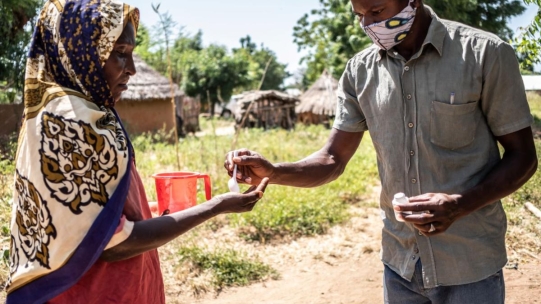What businesses can do in times of conflict
Read more

What businesses can do in times of conflicT
Conflict and violence cost the world some $17.5 trillion a year. That’s $2200 per person worldwide.
The world faces the highest number of violent conflicts since the Second World War. Two billion people — a quarter of humanity — live in places affected by conflict, including one in every five children.
2023 saw the largest number of conflict-related deaths in nearly 30 years and the number of aid workers killed in the line of duty reaching record highs.
All stakeholders in society, including the private sector, can play a role in responding to humanitarian crises and supporting peace.
In complex operating environments, business engagement often falls along a spectrum: from risk management and avoiding negative effects to peacebuilding and addressing key drivers of conflict and violence.
Companies contribute to stability, employment, and economic growth and can use their influence to support and encourage peace.

When a business contributes to a humanitarian response, humanitarian principles must be adhered to: humanity; neutrality; impartiality and independence.
The private sector can help the humanitarian situation and encourage peace. Companies should consider making financial contributions or in-kind contributions of goods or services. In addition, companies may wish to support public outreach and advocacy campaigns that support peace.

Check out the 2010 publication of the UN Global Compact Guidance on Responsible Business and Investors in High-Risk Area. It remains as relevant as ever.
To learn more, read on with 15 Actions for Businesses Operating in Conflict Zones or watch our Academy Course on Navigating Crises in a Complex World.
Navigating Crises in a Complex World: Lessons for Business Leadership
Heightened Human Rights Due Diligence


